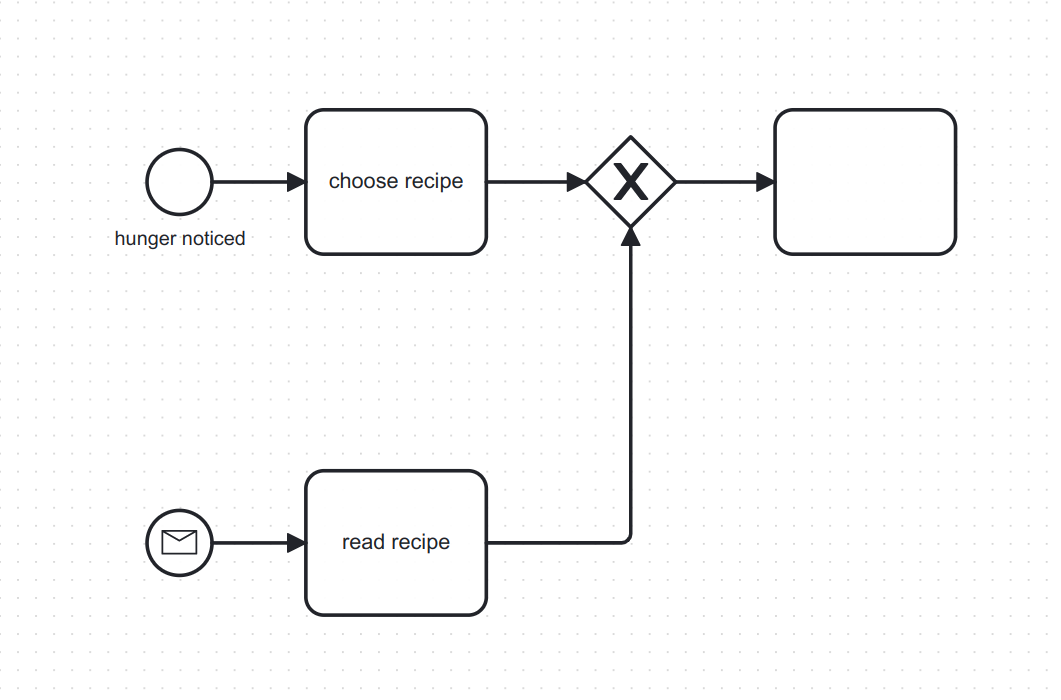@J-B Thanks for approaching us and great to see token simulation being used as a learning tool. That is the purpose ![]() .
.
How can we start the token simulation with a keyboard key?
You cannot start it with a keyboard key, as usually processes have multiple entry points; it is not clear what shall be started.

Your scenario may be a special one, as you’d like to replay a specific part of the process multiple times. Maybe we could rather invest into restarting from a particular point (so you can try a particular pattern again)? This is also a solution for what you mention here:
How can we specify a starting point for the token which is other than the start event?
However there is not much gained simply starting at any point as there may be multiple tokens / setup is complicated. Instead I’d propose to re-start at a dedicated state as a feature to consider.
Is there a way we can set up the simulator so that the token does not stop at sub-processes?
This may or may not be a known issue depending on specifics of your case, cf. Improve collapsed sub-process support · Issue #114 · bpmn-io/bpmn-js-token-simulation · GitHub.
Consider opening a dedicate bug report for the issue you see within the token simulation project, or provide more specifics on that case.